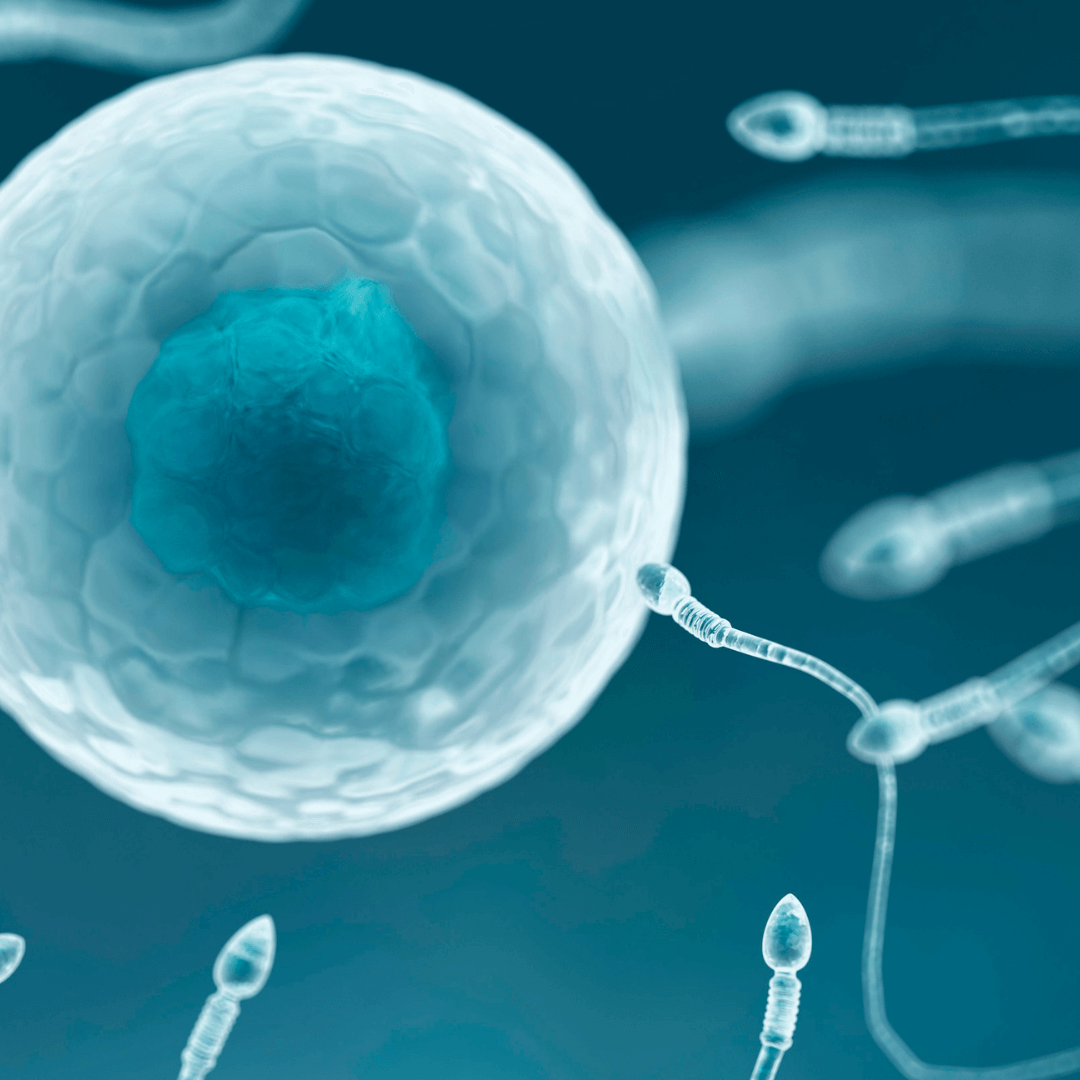What is Spermatogenesis?
Spermatogenesis is developing male gametes, known as sperm, within the male reproductive organs called the testes. Sperm cells originate within the testes in structures that are known as seminiferous tubules. Once the sperm matures, it is transported through the long seminiferous tubules and stored in the epididymis, a duct of the testes, until it leaves the male body.
Spermatogenesis Meaning
- It is the male version of gametogenesis that results in the formation of mature male gametes.
- The entire process of Spermatogenesis occurs in different stages in different structures present in the male reproductive system.
- The temperature of the testes is critical as a lower temperature (typically 1-8°C lower than the average human body temperature) is significant for Spermatogenesis.
- The spermatogenesis process begins in males after puberty and continues throughout their lifespan. Although sperms form continuously in the testes, not all areas of the testes can create sperm at the same time.
- As per studies, the estimated duration of Spermatogenesis duration is approximately 64 days.
Also read: What is Azoospermia? Causes, symptoms, treatment and more
Significance of Spermatogenesis
- The process of Spermatogenesis occurs to create mature male gametes called sperm, which then fertilize female gametes to form a zygote, also known as a single-celled organism.
- The goal of Spermatogenesis is to produce a genetically unique male gamete that can fertilize a female gamete, an ovum, and create offspring.
- For a healthy offspring, it's essential to maintain the number of chromosomes properly as failure can lead to abnormalities and syndromes like Down syndrome, Klinefelter's Syndrome, etc.
Factors Affecting Spermatogenesis
The spermatogenesis process is susceptible. The rate of sperm formation can easily be affected adversely by various factors such as:
- Minute changes in hormone levels
- Changes in temperature
- Deficiency in diet
- Alcoholism
- Exposure to drugs
Stages of Spermatogenesis
Read on to find out all the steps of Spermatogenesis, explained:
- Spermatocytogenesis
- Spermatogenesis
- Spermiogenesis
A spermatogenic cycle indicates the cycle that begins and ends with the identical stage on a segment of the seminiferous tubule. It is for a particular duration.
Spermatocytosis
- Spermatocytogenesis is the first stage of Spermatogenesis that involves dividing single diploid (double) cells into four haploids (single) spermatocytes.
- Testes are composed of seminiferous tubules lined with stem cells (special cells that work as raw material for different body processes). The immature sperm cells called spermatogonia are formed from these stem cells.
- Stem cells divide mitotically (a division of a single cell into two cells) of which, the first half develop to form sperm cells, and the rest remain as stem cells to enable a consistent flow of stem cells in the tubules.
- These cells then move towards Sertoli cells. Sertoli cells are scattered throughout the seminiferous tubules and provide nutrients to the developing spermatogonia.
- These cells enlarge to develop extensive primary spermatocytes.
- After a resting period, these spermatocytes move towards the seminiferous tubules. Then, they undergo Meiotic Division I (a single cell division into four cells) to produce two haploid spermatocytes.
- The number of chromosomes thus reduces from diploid form to haploid form, i.e., 46 to 23 in each spermatocyte.
Spermatogenesis
- Secondary spermatocytes quickly enter meiosis II to produce haploid spermatids. Consequently, four haploid spermatids are formed from single diploid (double) spermatogonia.
- Spermatogenesis lasts for a brief period, and one barely sees it in histological studies.
- Out of the 46 chromosomes, there are 23 pairs of chromosomes in the spermatogonia; one pair is a sex chromosome composed of one X chromosome, the female chromosome, and one Y chromosome, the male chromosome.
- The X chromosome enters into one spermatid (haploid male gamete) during meiotic division, and the Y chromosome enters into another spermatid (haploid male gamete). The zygote sex is then determined depending on which one of these two spermatids fertilizes the female gamete called an ovum.
Spermiogenesis
- It is the last stage of Spermatogenesis, where the spermatids undergo different changes in shape and structure to form a mature sperm cell.
- The spermatids soon change into an elongated structure known as spermatozoa.
- A spermatozoan comprises a head and a tail.
- The genetic material within the spermatozoan becomes highly condensed and is packed within the head. About 2/3rd of the head is surrounded by a thick cap called the acrosome.
- The acrosome contains powerful proteolytic enzymes that later help the sperm fertilize the ovum.
- With the impact of the male hormone testosterone, spermatozoa gain maturity.
- The spermatozoa get mature, but they still lack motility.
- The non-motile spermatozoa then enter the epididymis (a duct of testes) with the help of testicular fluid secreted by Sertoli cells and contractions.
- In the epididymis, mature spermatozoa increase motility and are then stored until the next ejaculation.
Also read: 10 foods to increase sperm count
References
C G HELLER, Y CLERMONT (1963) Spermatogenesis in man: an estimate of its duration (National Library of Medicine) https://pubmed.ncbi.nlm.nih.gov/13953583/














